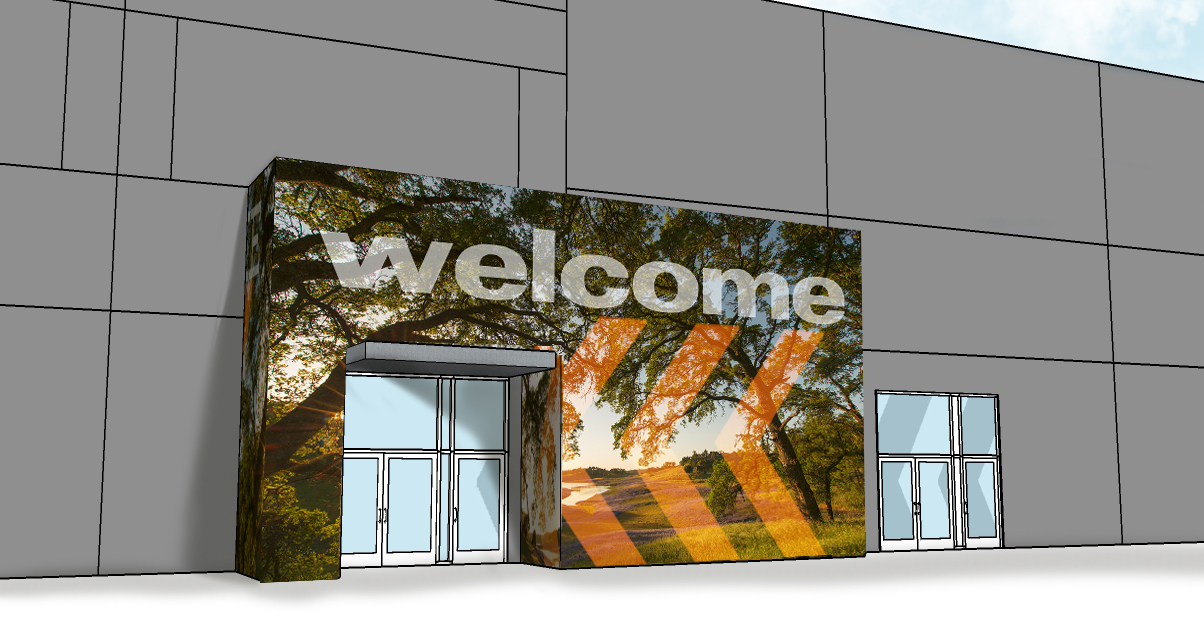Situation
Northern California’s Bayside Church, under the leadership of Pastor Ray Johnston, faced the challenge of effectively using a mix of owned properties to expand their multisite church presence. The mission was to develop these lands in a way that not only served their congregation but also integrated seamlessly with surrounding communities, all while managing their resources wisely.
Solution
To tackle this challenge, Pastor Johnston spearheaded the creation of a master plan aimed at connecting Bayside’s properties to new community areas. The PlainJoe team partnered with Bayside Church for a design intervention that brought this visionary master plan to life. This collaboration focused on transforming various sites into vibrant community hubs that catered to both spiritual and social needs.
Our approach involved reimagining several of Bayside’s locations to enhance their community engagement and accessibility:
- BAYSIDE GRANITE BAY: The educational wing was transformed into Thrive Kids, an open-air, lanai-style campus core that serves as a town square. This area now features a cafe, a redesigned lobby, and a re-themed children’s ministry called River of Life Explorers, which emphasizes Jesus as the living water.
- BAYSIDE BLUE OAKS: A leased industrial space was repurposed into an indoor recreation center that operates as a Third Place during the week and converts into a Bayside campus on weekends.
- BAYSIDE MIDTOWN: An urban infill property, previously a market, was revamped into a “front porch” for the community, enhancing its welcoming atmosphere and accessibility.
Transformation
The strategic redevelopment of Bayside Church’s sites has dramatically broadened their reach and impact within the surrounding communities. These redesigned spaces not only cater to the spiritual growth of the congregation but also provide venues for entertainment, community engagement, and fun. Each site, with its unique features and purposes, serves as a testament to Bayside’s commitment to serving and giving back to the community while stewarding their properties effectively.
This transformation has not only enhanced the church’s capability to host a variety of community-focused activities but also solidified its role as a pivotal community pillar. The successful execution of this strategic plan has set a new standard for how churches can integrate with and serve their local areas, fostering a more connected and supportive community environment.










